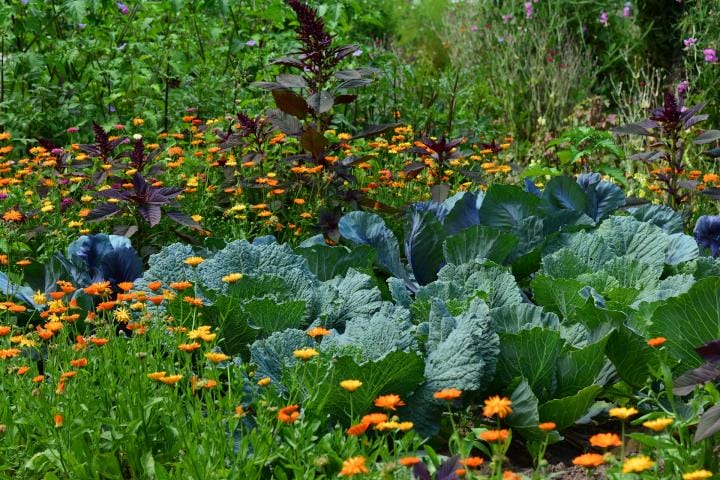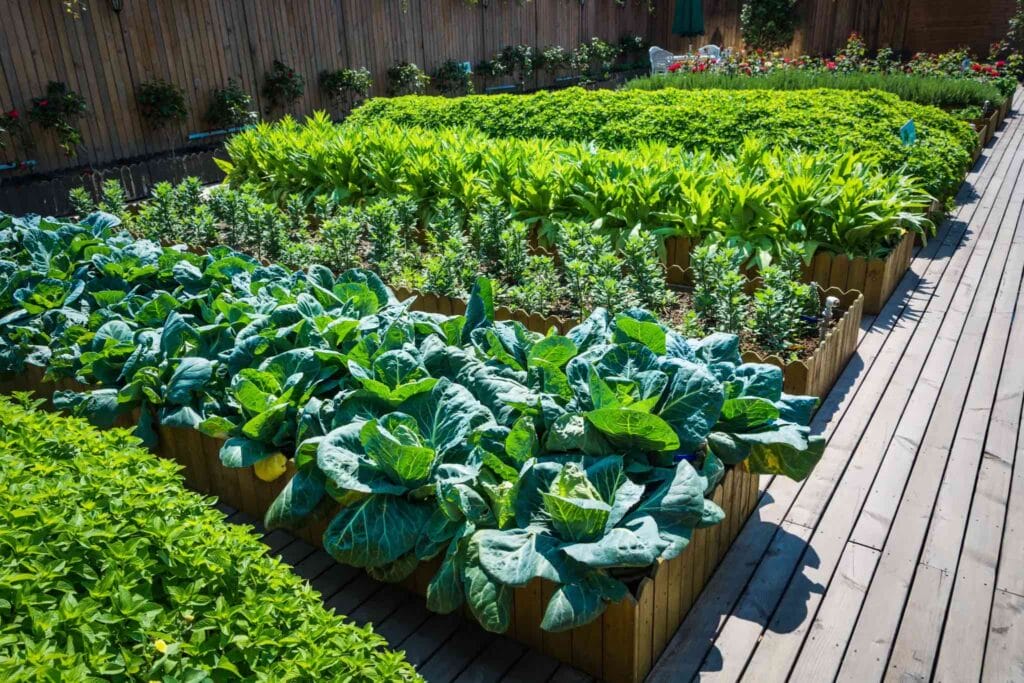Integrating Edible Plants into Your Austin Landscape Design
By Innovation Grounds
In Austin, where the weather is warm and the growing season is long, there’s no reason why your landscape can’t be both beautiful and functional. More homeowners are turning to edible landscaping to create gardens that not only look stunning but also provide fresh, homegrown food. Edible landscaping is the practice of incorporating edible plants into your overall garden design. From fruits and vegetables to herbs and edible flowers, integrating these plants into your Austin landscape design can help you create a sustainable and aesthetically pleasing outdoor space.
Why Choose Edible Landscaping in Austin?
Austin’s climate—hot summers, mild winters, and plenty of sunshine—creates the perfect environment for growing a variety of edible plants. By using edible landscaping, you can reduce your grocery bills, enhance your diet with fresh produce, and contribute to sustainability efforts. But edible landscaping isn’t just about practicality; it can also add beauty and texture to your garden. Imagine harvesting fresh tomatoes from a charming raised bed or plucking basil leaves from a lush herb garden right outside your kitchen.
The key to a successful garden design with edibles in Austin is planning it thoughtfully. A well-designed edible landscape can complement your home while providing a steady supply of food. The beauty of edible landscaping lies in its ability to serve multiple purposes—functional landscapes that are as practical as they are visually appealing.
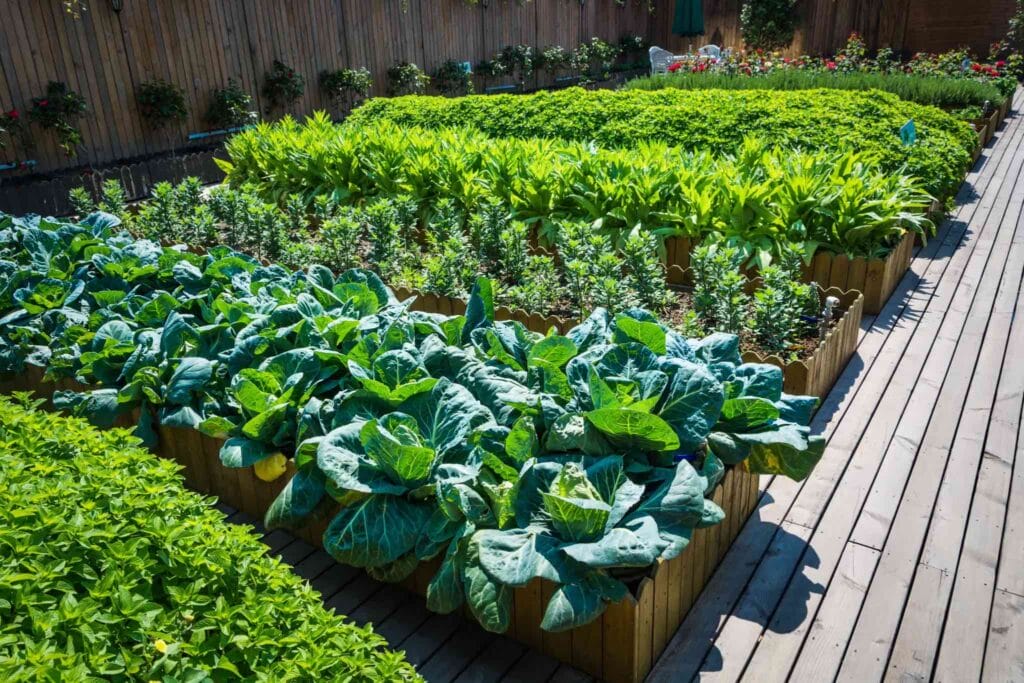
Planning Your Edible Landscape in Austin
When creating an edible landscape, there are several important factors to keep in mind. Austin’s diverse climate means you need to select plants that thrive in its unique environment. Here are some tips for designing a functional and beautiful edible garden:
Choose the Right Plants for Your Space Austin’s climate can vary from one area to another, so it’s important to select plants that are suited to your specific location. Some edible plants that grow well in Austin include:
- Tomatoes: Perfect for Austin’s hot summer days.
- Herbs: Basil, rosemary, thyme, and oregano thrive in this area.
- Fruit Trees: Citrus trees, figs, and pomegranates grow well in Austin’s climate.
- Leafy Greens: Kale, spinach, and Swiss chard are great for fall and winter months.
- Edible Flowers: Nasturtiums and marigolds not only brighten up the landscape but can be eaten as well.
Incorporate Edible Plants into Your Existing Landscape Design Edible landscaping doesn’t require a complete overhaul of your garden. Instead, you can integrate edible plants into your existing design. For example:
- Use raised garden beds or containers to grow herbs and vegetables near patios or walkways.
- Replace traditional shrubs or decorative plants with fruit-bearing bushes, like blueberries or raspberries.
- Incorporate edible flowers into flowerbeds for both beauty and utility.
Maximize Your Space with Vertical Gardening If space is limited, vertical gardening is an excellent option for edible landscaping in Austin. Trellises, garden walls, or vertical planters can support climbing vegetables like cucumbers, beans, or tomatoes, saving you valuable ground space while adding height and dimension to your landscape design.
Consider Companion Planting Companion planting is the practice of growing plants that support each other’s growth. Certain plants work well together, providing natural pest control or enhancing each other’s growth. For instance, planting basil near tomatoes can help deter pests while boosting tomato flavor. Companion planting is a sustainable way to enhance your edible garden and create a more harmonious landscape.
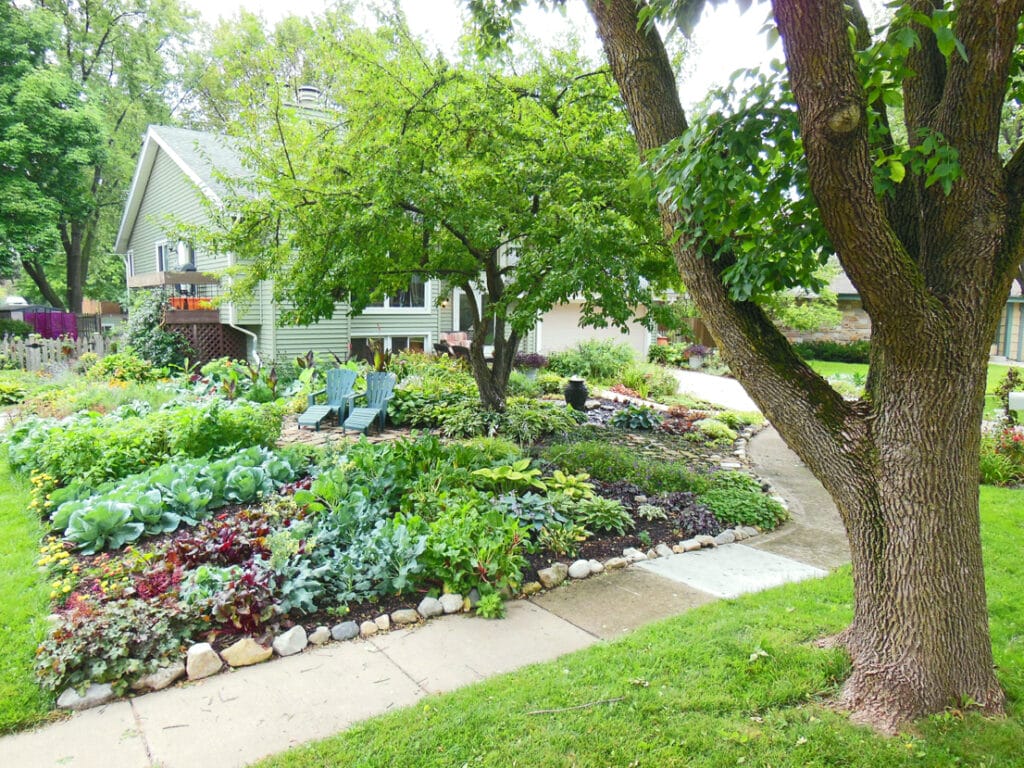
Creating Functional Landscapes with Edible Plants
The beauty of functional landscapes is that they serve multiple purposes. Edible plants can be strategically placed to provide privacy, shade, and even protection from the elements. Fruit trees or berry bushes can create a natural screen around your patio, while fragrant herbs like lavender or mint can act as a living fence or barrier.
Edible plants can also be incorporated into hardscaping elements. For example, adding edible groundcovers such as strawberries or creeping thyme between paving stones not only looks attractive but provides a harvestable crop as well.
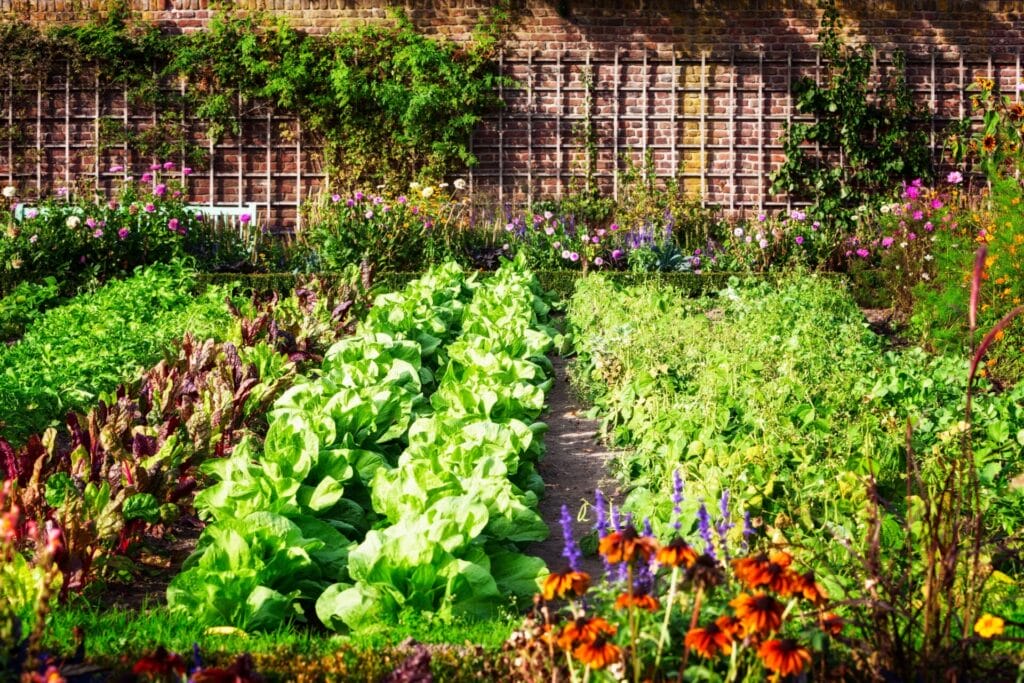
Tips for Maintenance and Sustainability
Once your edible garden is planted, maintaining it is key to enjoying the fruits of your labor. Here are a few maintenance tips for ensuring your edible landscape thrives:
- Watering: Austin’s summers can be intense, so regular watering is essential. Drip irrigation systems can help conserve water while keeping your plants hydrated.
- Soil Health: Ensure your soil is rich in nutrients by adding compost and organic matter. This will keep your plants healthy and productive.
- Mulching: Mulching around your plants can help retain moisture and keep weeds at bay.
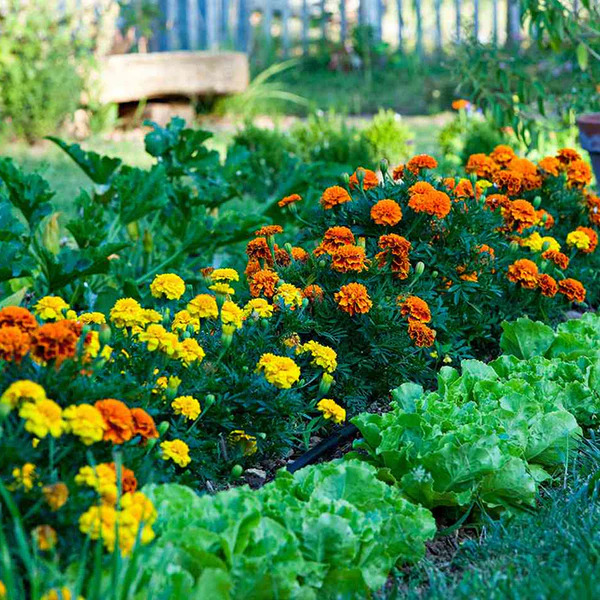
Conclusion
Integrating edible plants into your Austin landscape design is a wonderful way to create a functional, beautiful, and sustainable garden. By carefully selecting plants that thrive in the local climate, you can enjoy fresh, homegrown produce while enhancing the aesthetics of your outdoor space. Whether you have a large backyard or a small patio, there are countless ways to incorporate edibles into your landscape design. From fruits and vegetables to herbs and flowers, edible landscaping in Austin offers endless possibilities for creating a garden that works for you—both as a source of food and as a place of beauty.
